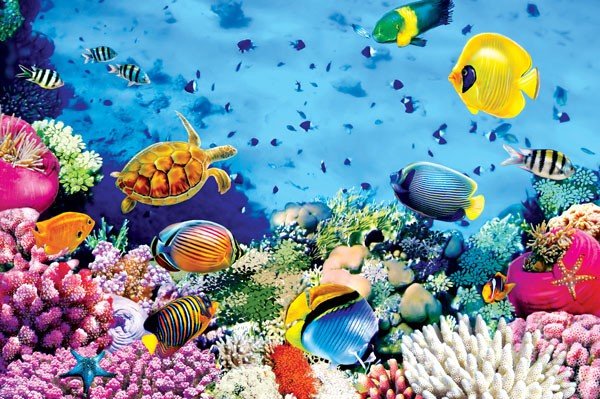Biomes are large ecological areas on the Earth, with similar climatic conditions, animals and plant communities. In other words, a biome is a group of several ecosystems present in a particular region. For example, an aquatic biome (water-based biome present in freshwater or sea or ocean) can contain ecosystems such as coral reefs and kelp forests. Biomes are classified in many ways. The simplest and shortest classification has only two biomes: terrestrial (land) and aquatic (water).
Terrestrial or Land Biome: Terrestrial biome means land surface of the Earth where various living organisms live together. These organisms depend on one another as well as on the relative environmental factors. The type of living organisms found in a particular region depends on the physical features of that region such as soil, vegetation and climatic features. Terrestrial biomes are classified on the basis of the similarities between the climatic condition and dominant flora and fauna, e.g. tundra, desert, tropical rainforest, etc.
Aquatic Biomes: Aquatic biome is the area of land covered by water that supports life. There are several species of animals and plants that survive in water. They range from the largest animal to the smallest creature of the world.
The aquatic biome can be classified into two basic categories: freshwater and saltwater. Freshwater biome includes those water bodies that contain less than 1% salt in it. For example, lakes, ponds, rivers, streams and wetlands. Saltwater or marine biomes include those water bodies that have salty water. For example, oceans, coral reefs and estuaries.

Ecosystem: It is a unit where various living organisms live together and depend on one another and the surrounding environment for sustaining life. These living organisms are adapted to the particular environmental conditions in which they live. For example: ponds, one another forests, etc.


